Back in the early days of Disneyland, a new area of the park — to be called Edison Square, which would celebrate the advancements made in electricity over the years — was on the drawing board.
It was so far along in development that it was listed as a “coming attraction” in Disneyland souvenir park brochures.

In doing so, GE convinced Walt Disney to scrap Edison Square and put his energies (pun intended) into a GE-sponsored pavilion at the Fair.
That pavilion evolved into General Electric’s Progressland, featuring the now iconic Carousel of Progress, which portrayed an Audio-Animatronics family taking guests on a time-traveling spin through the technological advances of electricity in our homes.
The development of Carousel of Progress relegated Edison Square to an idea that never saw the light of day.
There are many other examples of highly touted Disney projects that didn’t make it past the concept stages … but would resurface years later in different forms.
At Disney, it seems, good ideas are never discarded.
In the early 1990s, Disney got the ball rolling on a new amusement venture in Long Beach, Calif., down the road from Disneyland. The company conducted an environmental study for the proposed $2 billion Port Disney amusement area, which was to be built on a 350-acre site along downtown Long Beach’s waterfront.

Once complete, the site was to house an ocean-themed amusement park (to be called Disney Sea), a 400-boat marina, a terminal for the soon-to-be launched Disney Cruise Line, as well as retail and entertainment areas and hotels.
But like Edison Square, the Port Disney idea was squashed.
Two possible reasons were given for the demise of Port Disney: First, significant financial problems caused by the construction of EuroDisney near Paris, France, gave the powers that be at Disney pause; and second, Long Beach reportedly refused to make expensive improvements to the Long Beach Freeway and other roads leading to the development site, as requested by Disney.
Nonetheless, the basic concept of Port Disney managed to resurface several years later when Tokyo DisneySea debuted in 2001 alongside Tokyo Disneyland in Japan.

Disney unveiled its plans in a press release on Nov. 11, 1991, out of Prince William County, Va.:
“The Walt Disney Company plans to create a unique and historically detailed environment celebrating the nation’s richness of diversity, spirit and innovation – Disney’s America – to be located west of Washington, D.C., it was announced today by Michael D. Eisner, chairman and CEO of the company.
“In Disney’s America, we will create a totally new concept using the different strengths of our entertainment company – our motion picture and television talent, our park Imagineers, our interactive media and publishing executives as well as our sports enterprise and education executives – to celebrate those unique American qualities that have been our country’s strengths and that have made this nation the beacon of hope to people everywhere,” Eisner said.
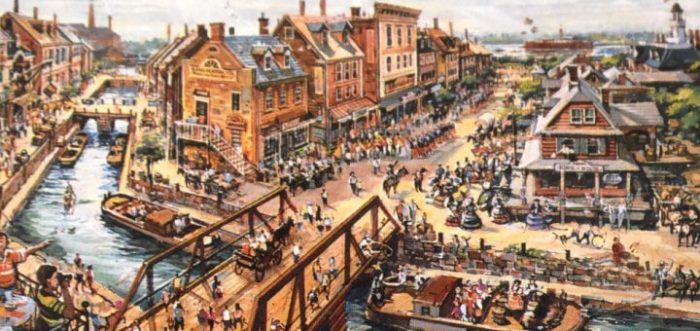
Disney’s America was to be “an ideal complement to visiting Washington’s museums, monuments and national treasures,” said Bob Weis, then senior vice president of Walt Disney Imagineering who was in charge of the project’s creative development.
“Beyond the rides and attractions for which Disney is famous,” Weis added, “the park will be a venue for people of all ages, especially the young, to debate and discuss the future of our nation and to learn more about its past by living it.
“The park will have facilities to host and televise political debates, public forums and gatherings of writers, educators, journalists, students and historians to discuss issues of the past, present and future. The Disney-inspired American Teacher Awards also will be broadcast from the site.”
Disney’s America was to feature a large area devoted to the Civil War, as well as themed areas dedicated to immigrants and America’s war veterans.
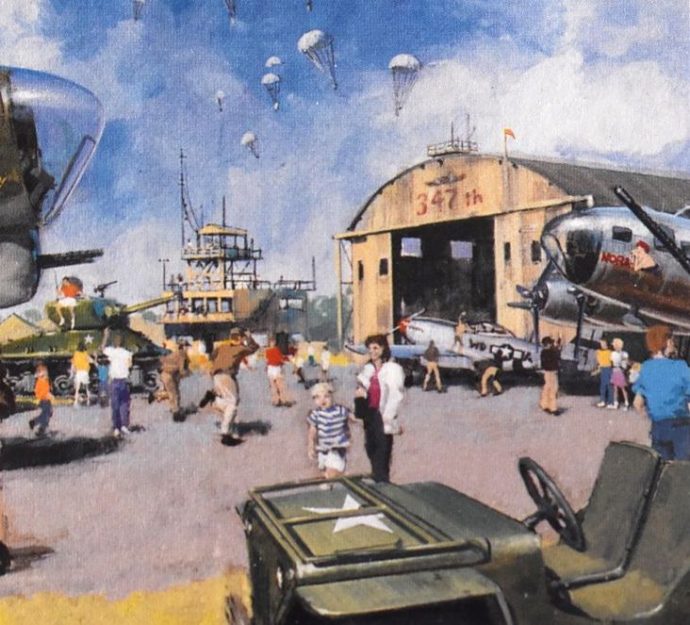
Disney’s America was Eisner’s pet project and he pushed long and hard for it. But after plans were set in motion and the formal announcements were made, many Virginia residents, as well as a number of preservationist groups, angrily balked at the idea. I vividly remember people in New York City passing around petitions to have Disney’s America stopped.
Those protests succeeded.
“The Walt Disney Company had been effectively portrayed as an enemy of American history and a plunderer of sacred ground,” Eisner said.
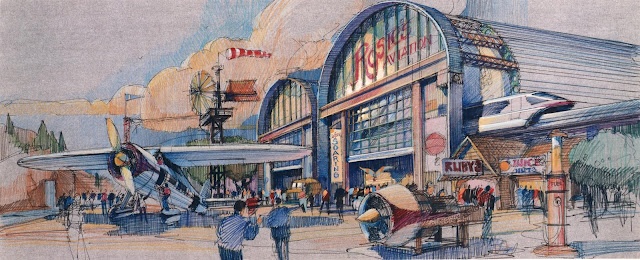
For instance, virtual reality systems and motion simulators were being developed during this time. Disney’s Imagineers were in the early stages of development for a World War II-themed attraction in an area called Victory Field, where guests could feel as if they were driving a tank, piloting an airplane or parachuting from an aircraft … the epitome of an immersive experience.
Although Disney’s America was scrapped, the concept of marrying motion simulation and digital projection technology came to fruition when Disney’s California Adventure park opened in 2001. While Victory Field was scuttled, Soarin’ Over California used similar technology proposed for the Virginia park to give guests a realistic hang-gliding experience.
FROM PROPOSED ATTRACTION TO NEW THEME PARK
And then there was the case of a proposed Disney park attraction being shelved in favor of an entire new theme park.
Months after EPCOT opened in 1982, Disney’s higher-ups decided to take an introspective look at the new park … the pros, the cons and what they might have missed.
“EPCOT showed people the most cutting-edge technological advances in the country,” former Walt Disney Imagineering leader Marty Sklar told me. “But we realized that we had forgotten one very important aspect of American industry, namely entertainment.”
So, a pavilion focusing on entertainment – delving into movies, television and radio – was put on the drawing board, in large part thanks to the urging of Disney’s new management team of Michael Eisner, Frank Wells and Jeffrey Katzenberg, all veterans of the show business industry.
The idea was to build a pavilion in World Showcase which would include a ride-through highlighting great moments from movies, a TV studio stage show and a radio show that emphasized the importance of sound.
But like a well-watered flower, the idea of a single EPCOT attraction blossomed into an entire theme park, to be called the Disney/MGM Studios Park. And that pavilion attraction with three segments? It morphed into three separate attractions at the Studios: The Great Movie Ride, Superstar Television and the Monster Sound Show.
Over the years, there have been many ideas that were highly touted, but never made it past the proposal stage and simply faded away.
One such proposed attraction was David Copperfield’s Magic Underground.

Two of his proposed locations were in Disney’s Pleasure Island and inside the Disney/MGM Studios. “Coming Soon” posters greeted guests as they walked toward the entrances of both locations. Photos with Copperfield and Eisner promoting the project made the rounds.
But problems with a proposed New York City location – mainly, how quickly investors’ money was [poof!] disappearing – led to the demise of the project.
Speaking of restaurants, most folks know that Walt Disney’s Enchanted Tiki Room was the first show featuring a cast of Audio-Animatronics figures. What most don’t realize is that the Tiki Room was originally planned as a restaurant.
After careful consideration, however, Disney management realized that a restaurant – with all its hustle and bustle – inside an attraction would greatly limit audience capacity, not to mention attentiveness.
But that “dinner and a show” concept resurfaced years later on the Disney Cruise Line when Finding Nemo’s Crush began entertaining guests during their meals in the Animator’s Palate dining hall.
The Jungle Cruise attraction was among the first to use a wide variety of life-size Audio-Animatronics figures of wild animals. But the original idea for the attraction – as proposed by Walt Disney himself – was to have live animals populate the riverbanks.
It dawned on the powers that be that live animals would need constant care and would most likely spend their time hiding out behind rocks and in bushes, the use of Audio-Animatronics figures made a lot more sense.
But the idea of live animals in an attraction lingered … before finally resurfacing in 1998 when Disney’s Animal Kingdom park opened.

Originally, there were five resorts on the drawing board during what was known as Phase One of construction.
Two of those resorts – the Contemporary and the Polynesian – came to fruition.
The three other proposed resorts – a Thai-inspired Asian resort, an exotic Persian-style resort and one with a Venetian theme – were left on the drawing board.
Years later, the Grand Floridian Resort did come to life on the spot where the Asian resort was planned.
EPCOT was no stranger to proposed ideas that never made it past the planning stages.
When EPCOT opened in 1982, World Showcase featured 10 pavilions which gave guests highlights from each country: Canada, United Kingdom, France, Morocco, Japan, United States, Italy, Germany, China and Mexico. An 11th pavilion – Norway – opened in 1988.

According to retired Imagineering Legend Tony Baxter, the Equatorial Africa project was far along in development.
“We envisioned an overlook of an African watering hole,” Baxter said. “The concept drawings made you feel like you were really there, riding on a raft.
“It would have been a raft ride with a message.”
Sound familiar? One of the tenets of Imagineering, Baxter reiterated, “is we never give up a good idea.”
The Equatorial Africa raft ride resurfaced in Animal Kingdom years later as Kali River Rapids — a raft ride with an ecological message. “Thank you, Joe Rohde,” Baxter said in referencing the Animal Kingdom creator.
There were several ideas floated about what to do with the islands located in World Showcase Lagoon.
One, according to Baxter, was to build an ice skating rink in the center of the lagoon, which was quickly scrapped due to insurance concerns. Another was to build a Tom Sawyer Island-style area for younger guests. Still another was to construct an area devoted to adult entertainment.
“Although it never came to fruition [at EPCOT], that was the genesis of Pleasure Island,” Baxter noted.
Like we said, at Disney, no good idea is ever forgotten.
Chuck Schmidt is an award-winning journalist and retired Disney cast member who has covered all things Disney since 1984 in both print and on-line. He has authored or co-authored seven books on Disney, including his On the Disney Beat and Disney’s Dream Weavers for Theme Park Press. He has written a regular blog for AllEars.Net, called Still Goofy About Disney, 2015.



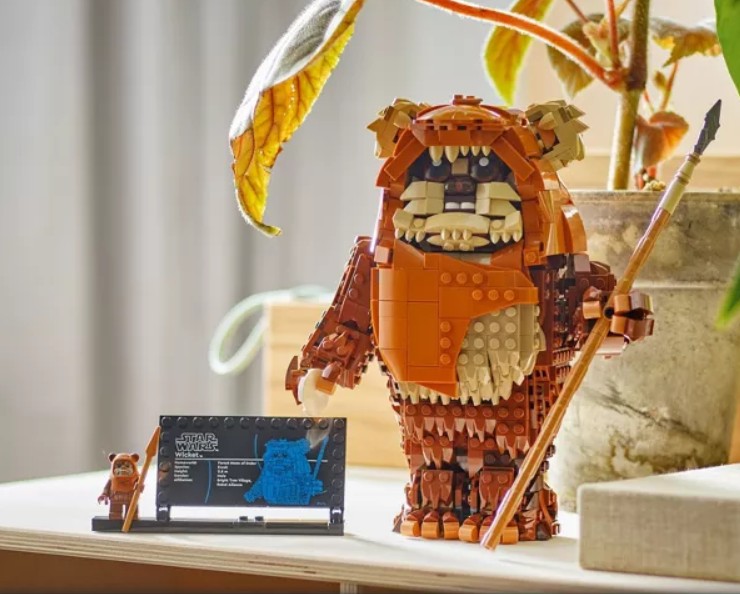
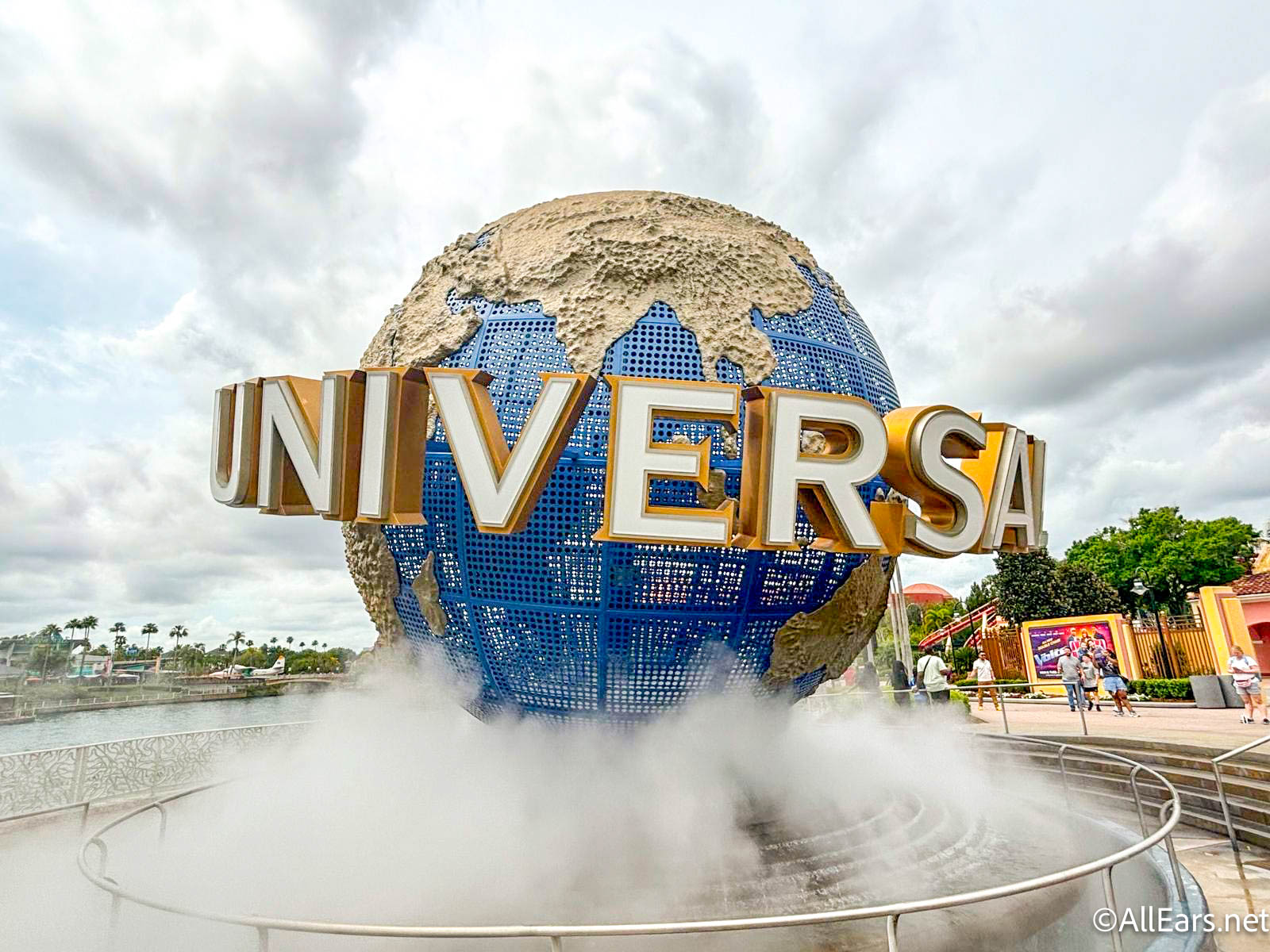
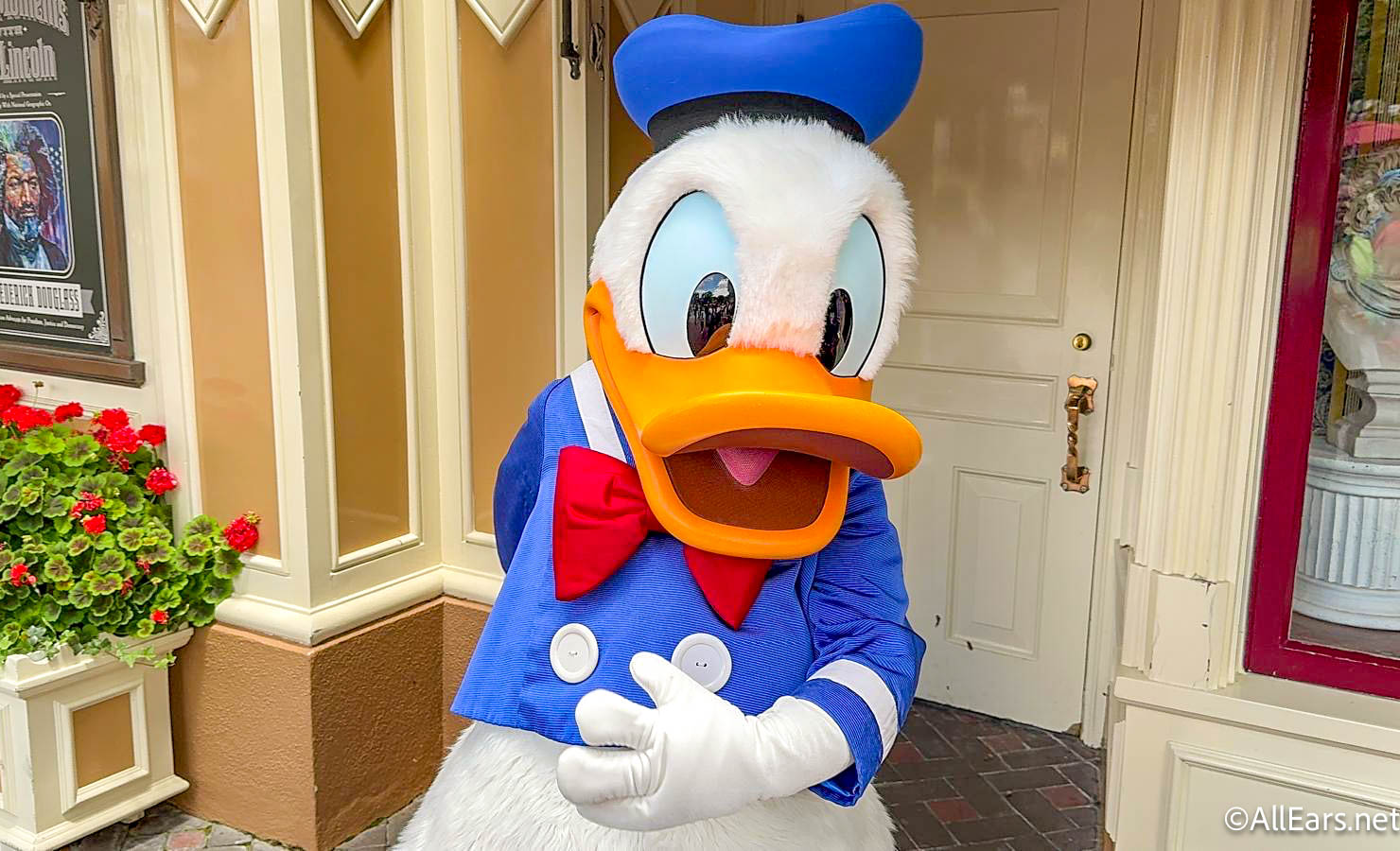

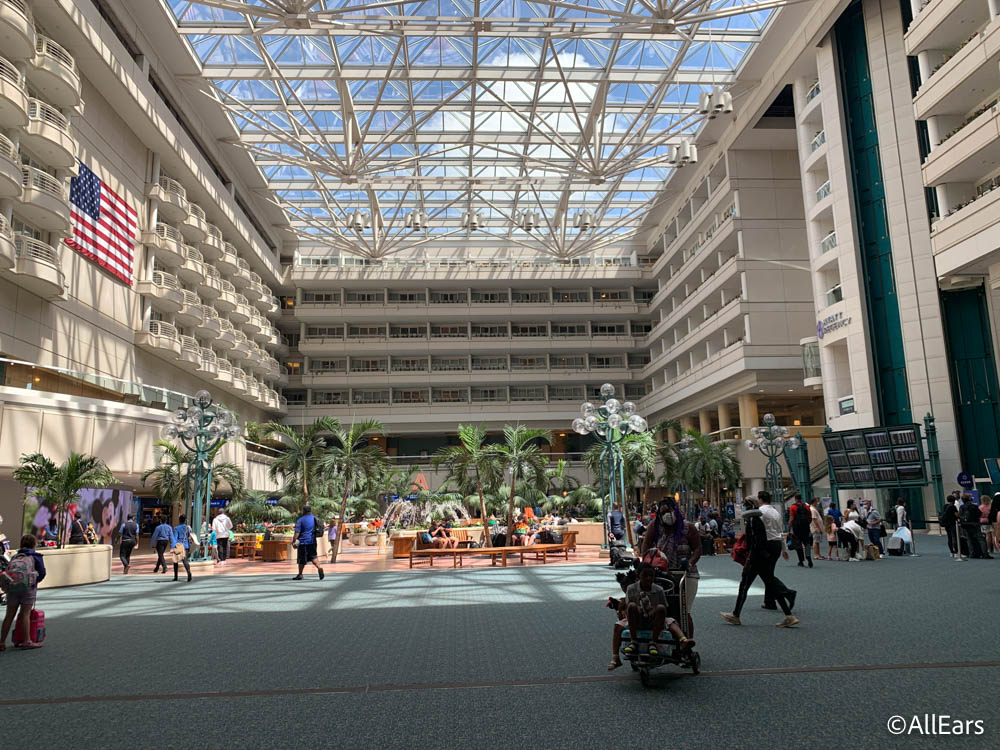
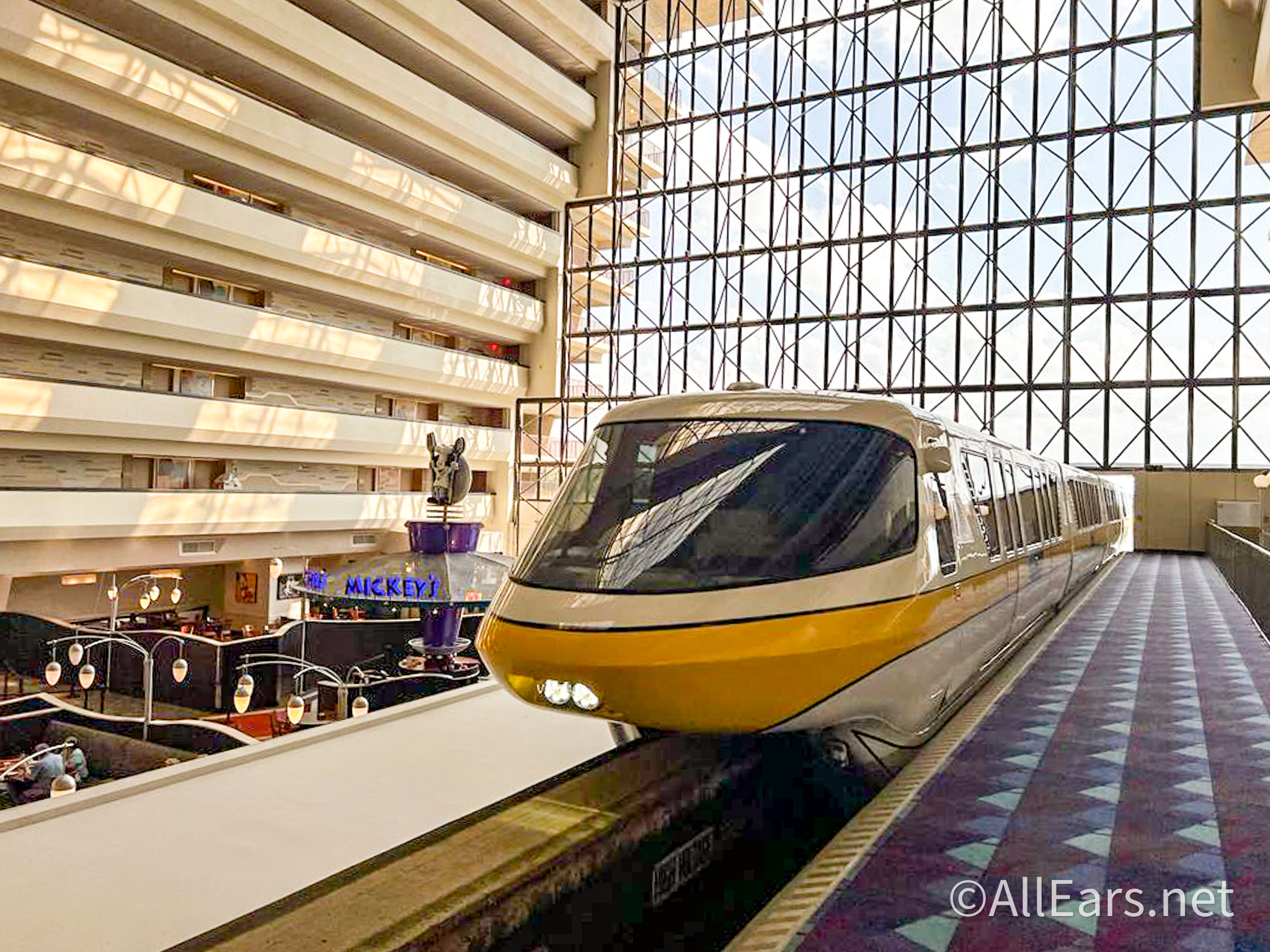






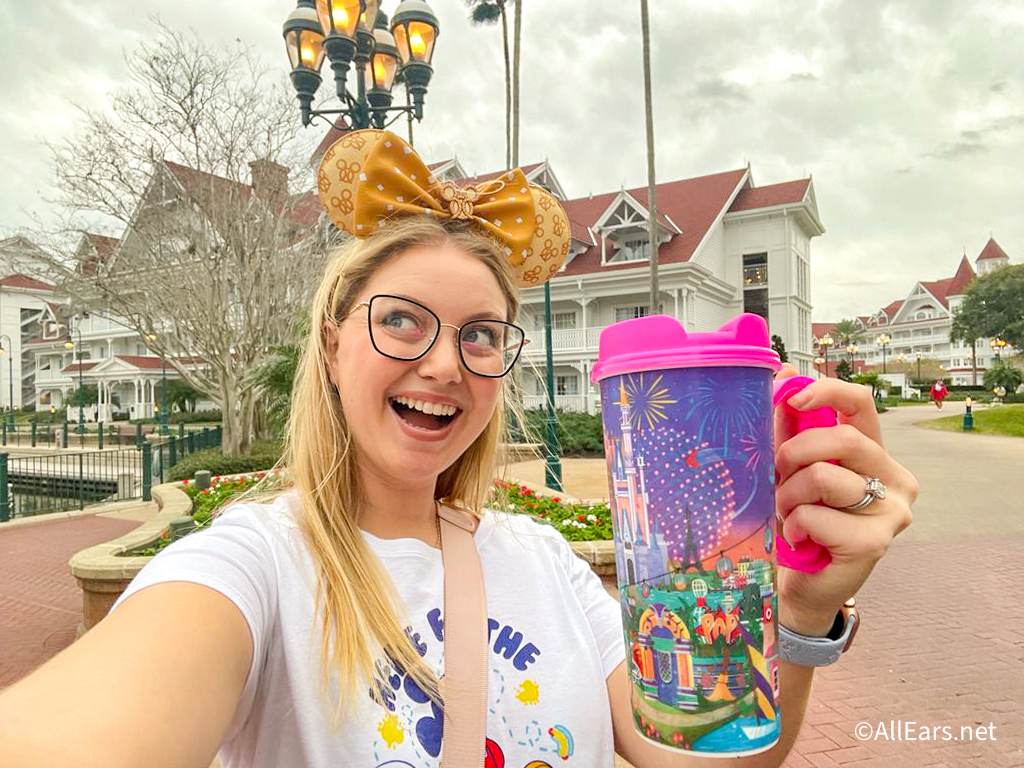

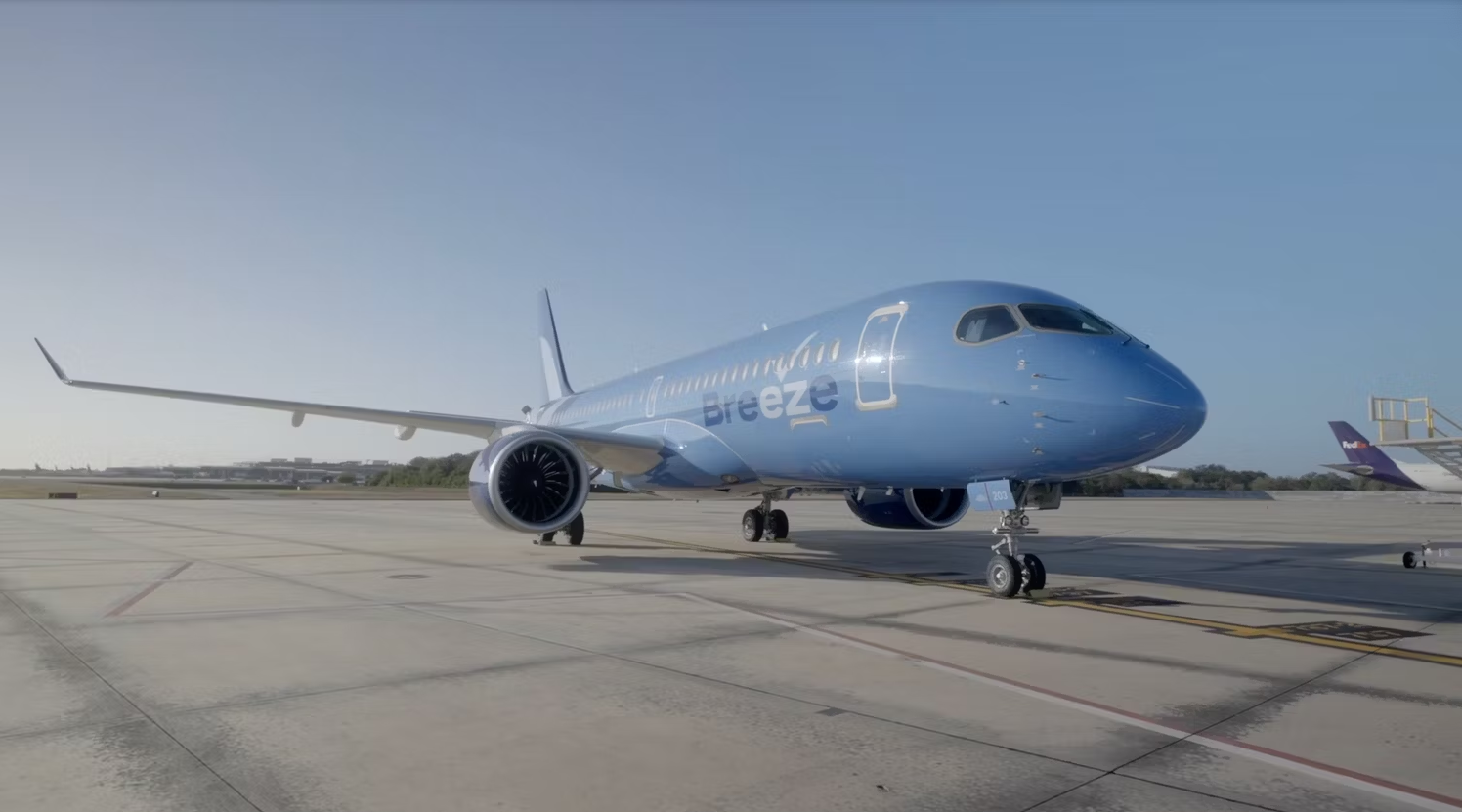





Trending Now
How did the 4th of July affect Disney World's wait times?
Grab these LEGO sets before they're gone!
We're rounding up the BEST ride hacks for your visit to Universal Orlando!
There's a NEW Donald Duck Loungefly collection online you've gotta see!
Amazon is clearing out the Disney vault!
Bad weather has led to hundreds of delays at MCO!
Staying at one of the Magic Kingdom monorail resorts, Disney’s Grand Floridian, Disney’s Polynesian Village,...
Disney is changing how you dine at the parks!
Amazon has Loungeflys on sale as part of Prime Day!
We asked our resident Disney adults which ride at Hollywood Studios they would rope drop...
We're sharing the worst-reviewed restaurants in Hollywood Studios!
Amazon Prime Day is giving us amazing deals on Oura Ring accessories!
Donald Duck is back in his official meet and greet spot in EPCOT!
EVERYWHERE Disney World refillable mugs are available.
Are you brave enough to face this scare zone at Halloween Horror Nights this year?
A new nonstop flight has been announced for MCO!
Epic Universe is beating Disney in several categories right now!
These new Coca-Cola bottles in Disney World and Disneyland have something strange going away.
Disney World restaurant menus just keep changing!
Check out these three new snacks that just landed at Disney World's water parks!